The 7 Rules of Deck Restoration
My method to stop your deck from peeling…
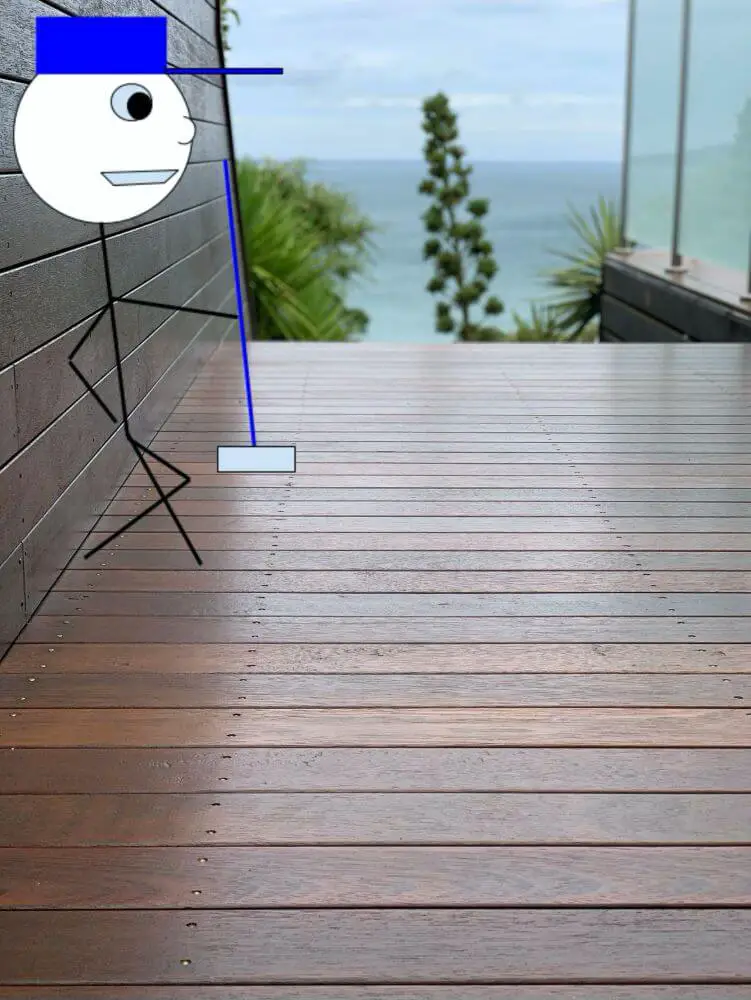
Hey there, did you have a deck that looked something like this?
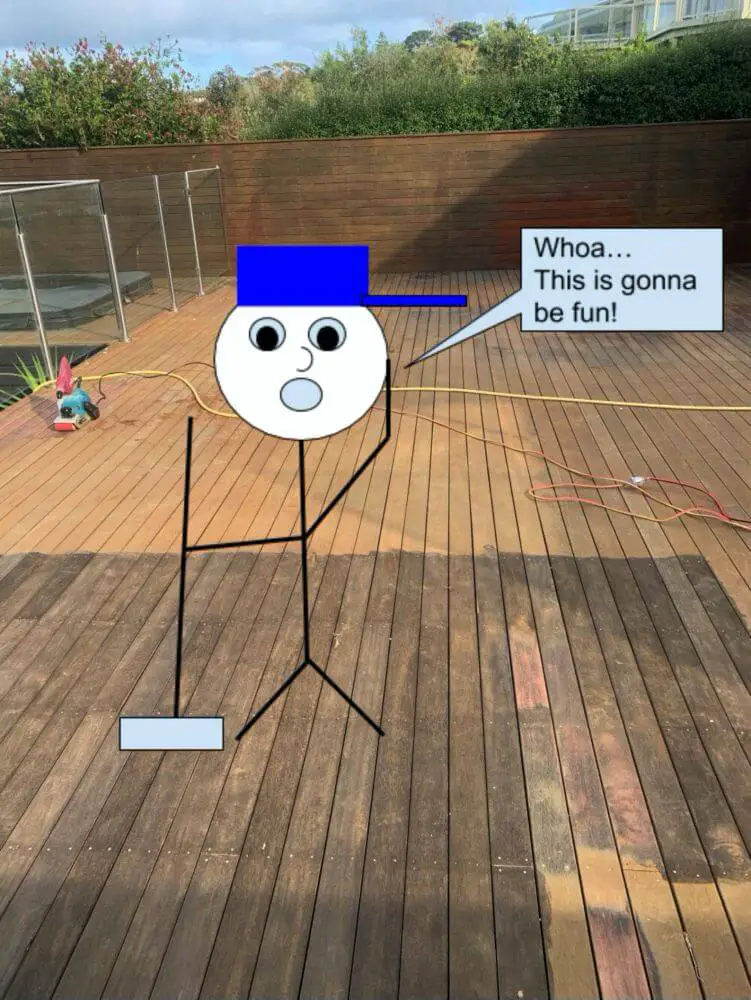
You paid a professional thousands to make it look like this…
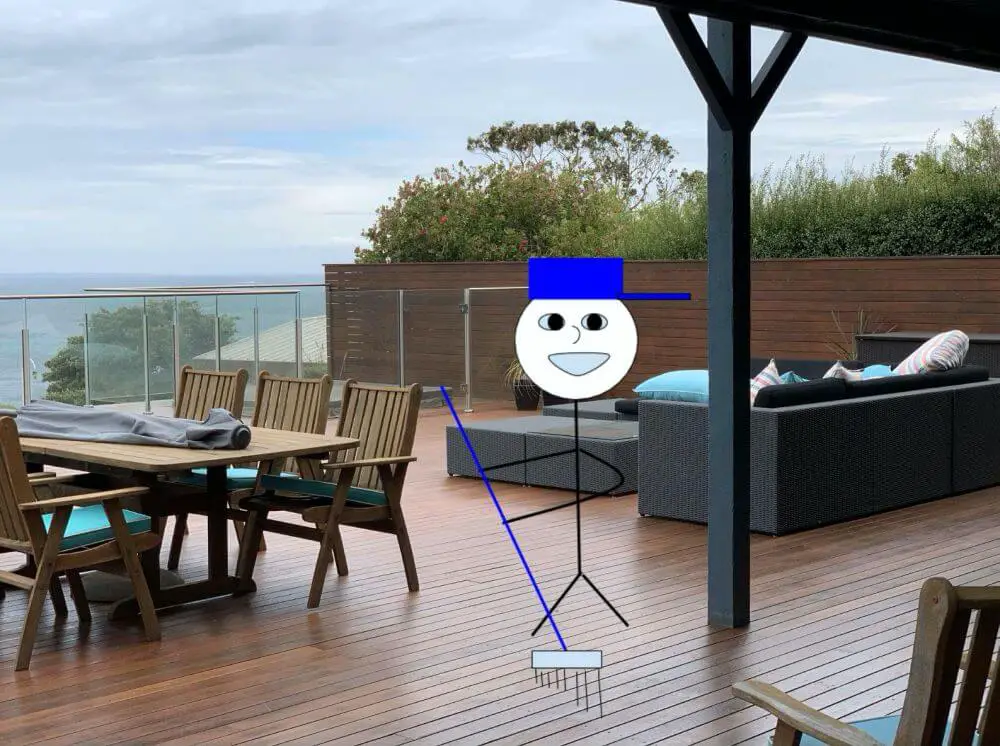
But it wasn’t long before it looked like this again…
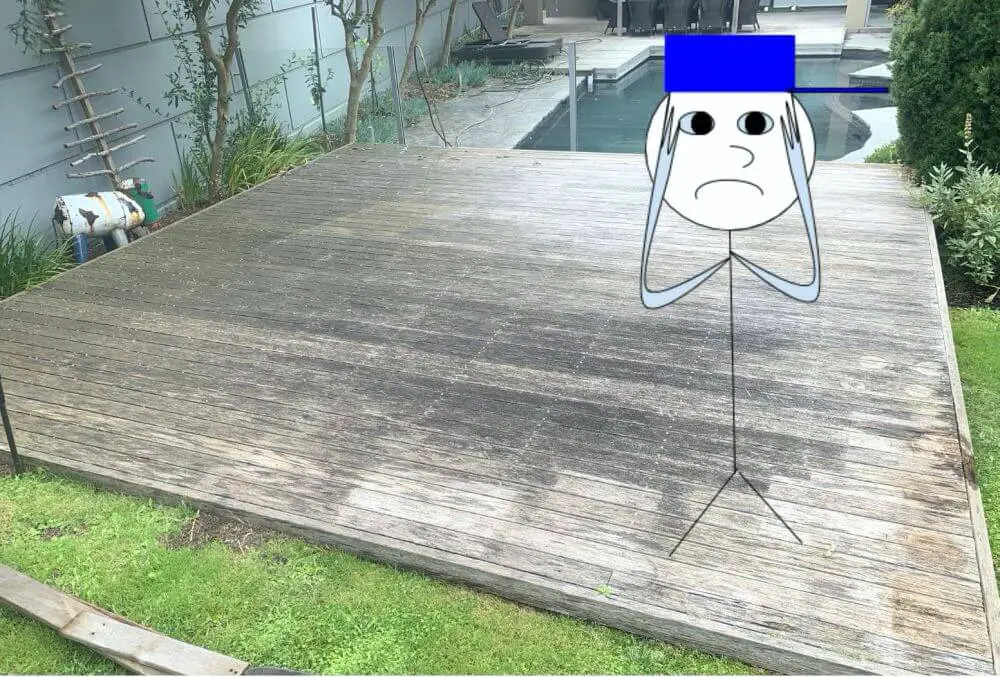
There’s a reason why this happened and there’s also a way to make sure it doesn’t happen again
Come… Take my hand and let me show you…
Don’t worry, I just washed them…

Welcome to…
“The 7 Rules of Deck Restoration”
My method to stop your deck from peeling
If you’ve been frustrated with how quickly your deck faded and peeled after you had it restored, then my method outlined in this guide could be exactly what you’ve been looking for…
Hi I’m Jason and I’d like to thank you for taking the time to download my guide and give me a chance to show you my method…
This is me with my assistant J.R…

I’m gonna let J.R take it from here…
Hi… JR here…
I’m going to take you through a process that all deck professionals should be applying.
Here’s the thing about deck restoration professionals, and I use that term loosely…
They may have the equipment and the tools to restore a deck but most of them, much like the last one you hired, don’t know the “7 Time Tested Rules” of deck restoration…
These rules are essential to keeping your deck looking great for longer than 12 months…
We both know what you’re here for so let’s not waste any time, and let’s get straight to it…
So what’s the first Rule?
Rule 1…
Never oil your deck in the heat of the day.
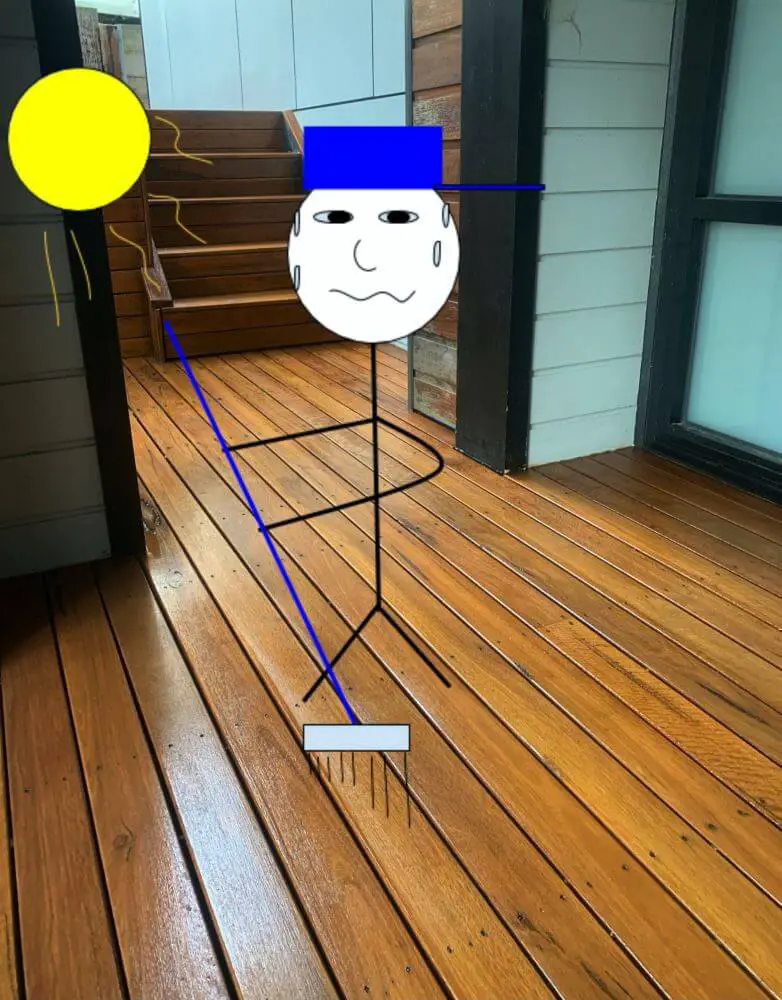
If the weather is too hot or if the sun is blasting away at your deck while he’s trying to put a coat of oil on it, the oil will dry on the surface before it has a chance to be absorbed into your boards…
If the oil sits on the surface, it’s like a skin or film that is waiting to peel off.
When oil absorbs into the surface of your boards, it adds greater protection for your boards but also greater strength for the oil coating itself…
Think of your oil coating like a great oak tree that has its roots planted firmly into the ground. When the strong winds come nothing can blow that tree over…
Now compare that to a tree that has its roots all exposed and that isn’t planted deep into the soil. Any bad weather and that thing is getting blown out of the ground…
That’s exactly how the oil on your decking works. You want it to penetrate as deep as possible into the decking boards so it can stand up to the weather and the constant abuse it’ll receive…
Rule 2…
Allow the deck to be completely dry before applying any oil or stain…
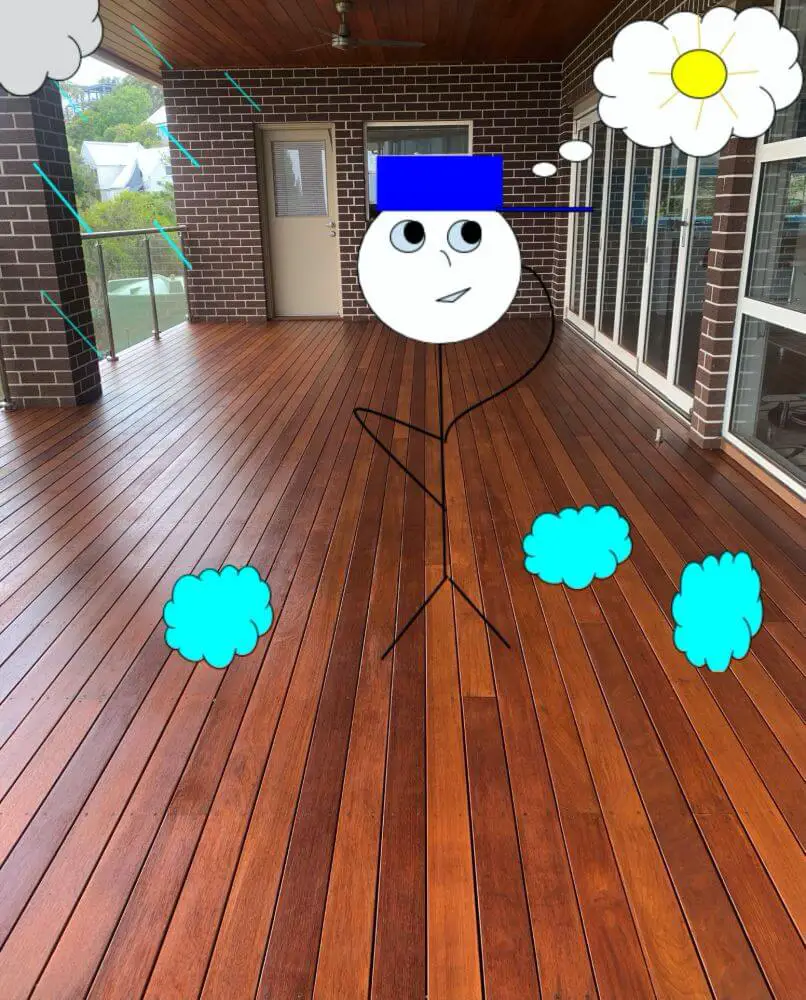
If you hire someone who doesn’t have the patients that’s needed, they’ll be there as soon as the rain stops and they’ll coat your deck before it’s had a chance to dry properly.
The dampness in the deck will stop the oil from penetrating into the boards and will trap the moisture under the surface.
It’ll only be a matter of time before the surface of your deck starts to peel off.
A great way to judge the patients of your deck expert is to have them come out and quote you in person…
Are they rushed to get out of there and go to the next job?
Or do they take the time to explain what your deck needs and answer any questions you might have?
You’ll get a good sense of what a company is like by meeting with them and getting a first impression…
Moving on…
Rule 3…
Always use a deck brightener before you oil a deck…
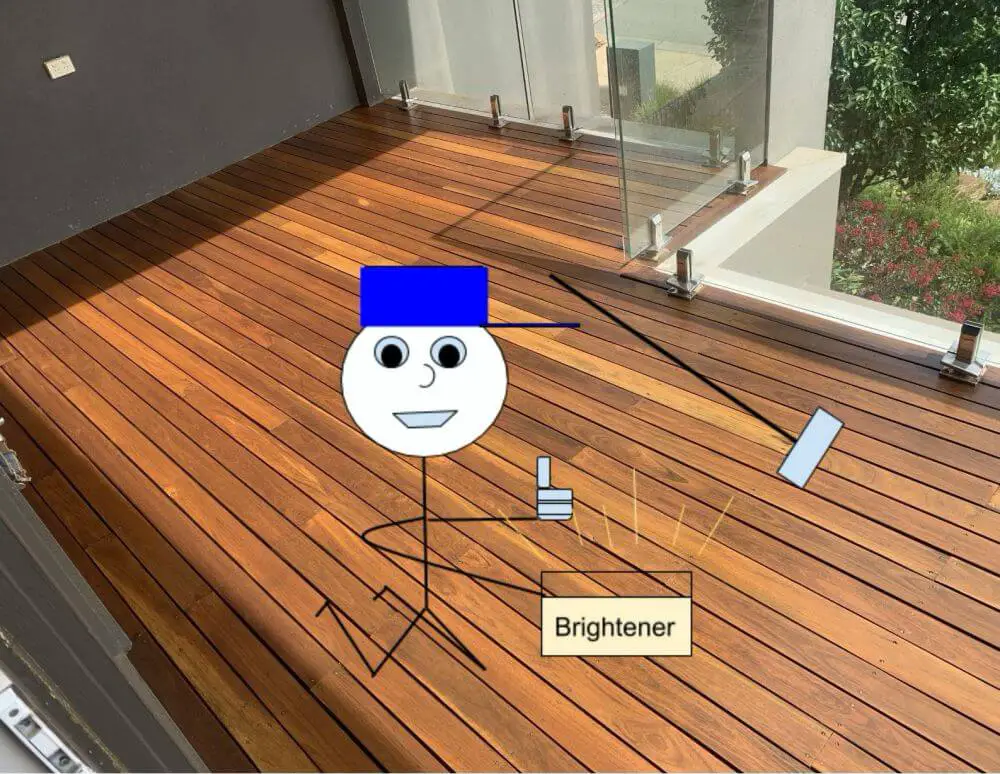
A brightener is used to clean the surface but it has a more critical role than that…
The main thing about a deck brightener is that it opens up the surface of your decking boards and allows the oils to penetrate deeper into the boards…
Even if you have your deck sanded back to bare timber, you must always clean it with a brightener before you oil it…
Are you starting to see a trend?
Deck restoration is all about preparing the boards so they can absorb as much oil as possible… as deep as possible…
Rule 4…
Never use a Lambswool Applicator… always use a DeckBrush Applicator…

Hold on… doesn’t everyone use a lambswool applicator to coat their deck?
Well most people do, but they shouldn’t…
A lambswool applicator will lay down too much oil and it will sit on the surface waiting to peel off…
Here’s the thing… you only want to apply as much oil as your deck can absorb.
A thick coating of oil seems like more protection but it’s not. If the oil is laid down thick, it’ll dry before it has a chance to be absorbed into the surface of the boards. And by now you should know that we want the oil to go as deep as possible into your decking boards…
That’s why you should use a DeckBrush Applicator…
The DeckBrush Applicator allows you to brush on only as much oil as your deck can absorb then you can brush off the excess…
The bristles on the brush actually help to force the oil deeper into the surface of the boards… (there it is again)… and allows you to coat down the side or in between the boards which offers greater protection and it looks a lot better too.
So make sure your deck expert uses a DeckBrush applicator and applies 2 to 3 coats of oil…
Rule 5…
Never sand your deck using sandpaper finer than 80 grit…
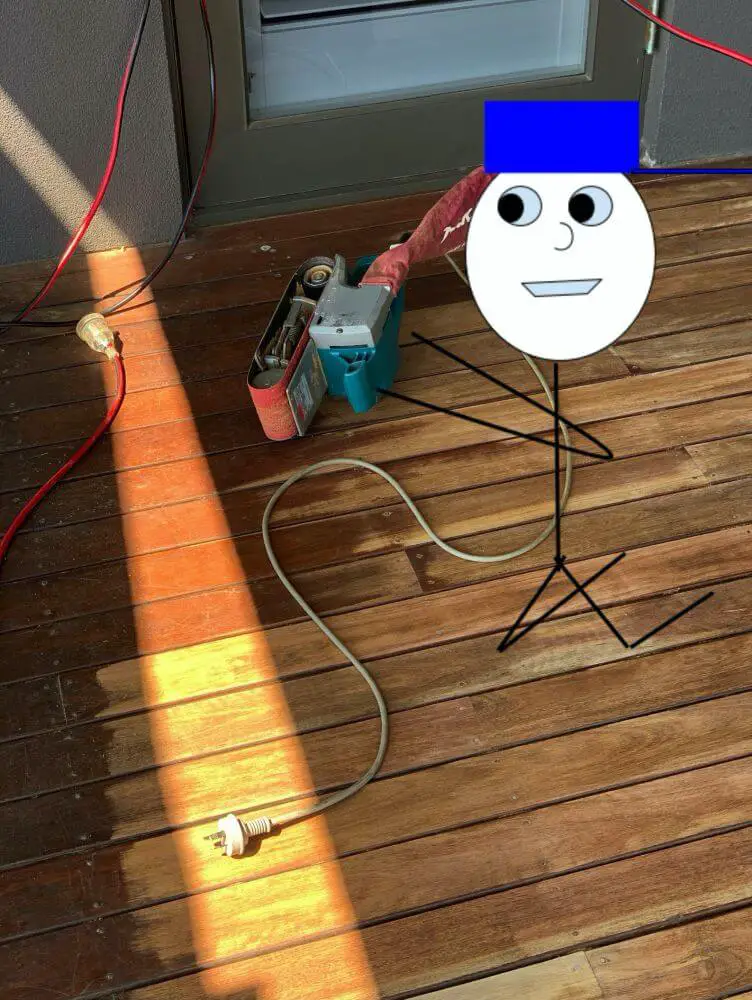
Here’s the thing… decking boards aren’t the same as inside timber floors…
Inside timber floors get sanded back really fine with a 240 grit sandpaper to give it that nice smooth, polished look.
But your timber floors don’t have to stand up to the same punishment that your deck does…
Believe it or not, when you sand your deck too fine and smooth, you actually close off the surface of your boards and guess what that does?
Yeah you got it… it stops the oil from absorbing deep into the surface.
When you use an 80 grit sandpaper it gives you a nice smooth finish but it doesn’t close the surface of the boards.
So the sanding process should look like this…
Strip your deck back with a 36 to 40 grit sandpaper…
Then go over it again with an 80 grit sandpaper to smooth it off…
That’ll allow you to have a smooth deck and also keep the surface open to absorb the oil…
Ask your deck company how they go about sanding your deck.
Find out if they can sand it smooth and see how they respond.
If they say they’ll sand it back with anything finer than 80 grit, move on to the next company…
Just so you know… the larger the number on sandpaper, the finer the grit. 240 grit is finer than 80 grit…
Rule 6…
Never paint a deck… Always use an oil or stain…
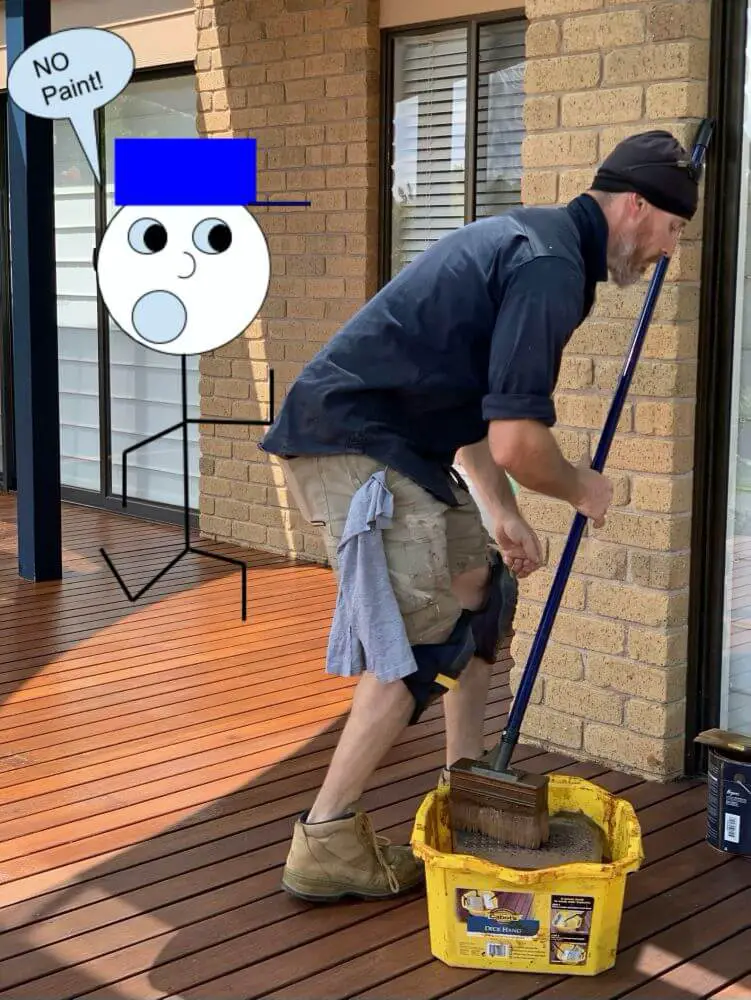
There’s a rule for timber protection that most people have never heard of…
When you paint timber that is exposed to the weather, you need to make sure you paint all sides of the timber or the paint will eventually peel and flake…
Here’s the thing… when you paint a deck, you can only paint the top side of the boards. When it rains, water will run between the boards and sit under your deck. That water creates moisture that will soak up from the underside of your boards which work its way to the surface, right under your paint job…
The result… your paint will bubble and peel and create a huge mess of your deck…
That’s why the 6th rule is to never paint a deck, always use an oil or stain…
You see, paint sits on the surface of the boards like a film. Oil and stain will absorb into the boards.
When moisture soaks up through the unprotected bottom, oil and stain will stop it before it reaches the surface.
Remember paint sits on the surface and doesn’t get absorbed into the boards, so it can’t stop the water from soaking through and making its way to the surface…
And like I said, your paint will bubble and peel, creating a huge mess of your deck…
So, never paint your deck, always use oil or stain…
Rule 7…
The final “time tested rule” of deck restoration is… Make sure you have consistent maintenance…

This is really the key to a deck that lasts…
Everything I’ve shown you so far is all about preparing your deck properly so it can absorb as much oil as possible and as deep as possible to give it the best chance of surviving the harsh Melbourne weather…
But if you neglect your decking, all the preparation in the world won’t save your deck…
You need consistent maintenance…
Here’s what it looks like…
Scrub and clean deck at 3 months after your restoration and inspect for damage…
Scrub and clean deck at 6 months and inspect for damage…
Scrub and clean deck at 9 months and inspect for damage…
Scrub, clean and apply a re-coat at 12 months…
This is what I call a deck maintenance schedule…
And this really is the most important factor for a deck that will look great for years not just months…
If you let your deck go past 12 to 18 months then prepare yourself to need a full deck restoration again…
That’s sanding back and starting again…
That’s how important deck maintenance is…
And the funny thing is, it’s so much cheaper to clean a deck than it is to sand it back but most homeowners wait until it’s too late before they call someone out to fix it.
Did you notice that maintenance includes a clean and inspection?
Inspection is the vital part of the process…
You need to keep an eye on the condition of your deck so the damage doesn’t go too far…
If you catch it early, it will be a simple clean and touch up with oil…
That’s it…
Wait until it’s sun damaged and faded, then the only thing we can do is sand it back and start again.
That’s how important it is…
Here’s what a deck looks like when you apply the 7 rules…
You can see the natural grain of the timber
There’s an even coat of oil for protection
No matter how your deck looks now, when you have it restored to the standard of the 7 rules, your deck will look great…
And it will look great for so much longer…
Your deck will finally be up to the standard of the rest of your home. You can relax out there and have a BBQ, or have your friends over and not be embarrassed by the state of your deck…
You’ll find you use your deck all the time now…
The only thing is… now you need to find a decking expert who has the patients and the care to apply the 7 rules…
If you’ve read this far and you understand the importance of what I’ve shared with you, I’ve got something you’re going to love…
I not only write guides about deck restorations, I also do deck restorations…
And the rules I mentioned above are the rules that I live by when I restore a deck…
So, if you would like a Deck Expert who possesses the right tools…
And, if you want a deck expert who understands and applies the “7 Rules of Deck Restoration”…
Then here’s what you need to do…
Give me a call on 0466183548 and book a time for me to come out and give you a quote…
If you don’t want to call me, you can always send me an email… [email protected]
When you get a quote from me, you’ll notice a few differences from most other deck restoration companies…
The main thing is, every step is listed out in the quote…
All the materials are itemized and priced individually…
Getting the right person all comes down to getting someone you trust…
And finding that person all starts with the phone call and meeting them in person…
Here’s my number again: 0466183548
I look forward to hearing from you…
Sincerely,
Jason
PS. If you’re not from around these parts and you’re only here for the tips, then feel free to dig into my other “Expert” articles and become a Deck Master yourself…
You might be interested in knowing
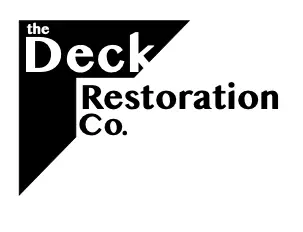
0 Comments